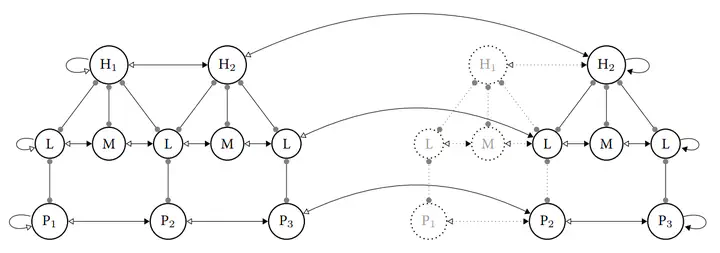The Logical Nature of Phonology Across Speech and Sign

Abstract
This article examines whether the computational properties of phonology hold across spoken and signed languages. Model-theoretic representations of spoken and signed words, as well as logical mappings over these structures, are introduced as a powerful framework for structural and computational comparisons. Several phonological processes in sign are shown to require the same logical complexity as their spoken counterparts, suggesting an amodal sensitivity to notions of locality and memory, as well as a computational tradeoff between sequentiality and simultaneity in specific modalities. These analyses provide a necessary and sufficient condition for amodal aspects of phonology, and allow for promising new means to analyze issues of linguistic modality and the cognitive status of phonological knowledge.